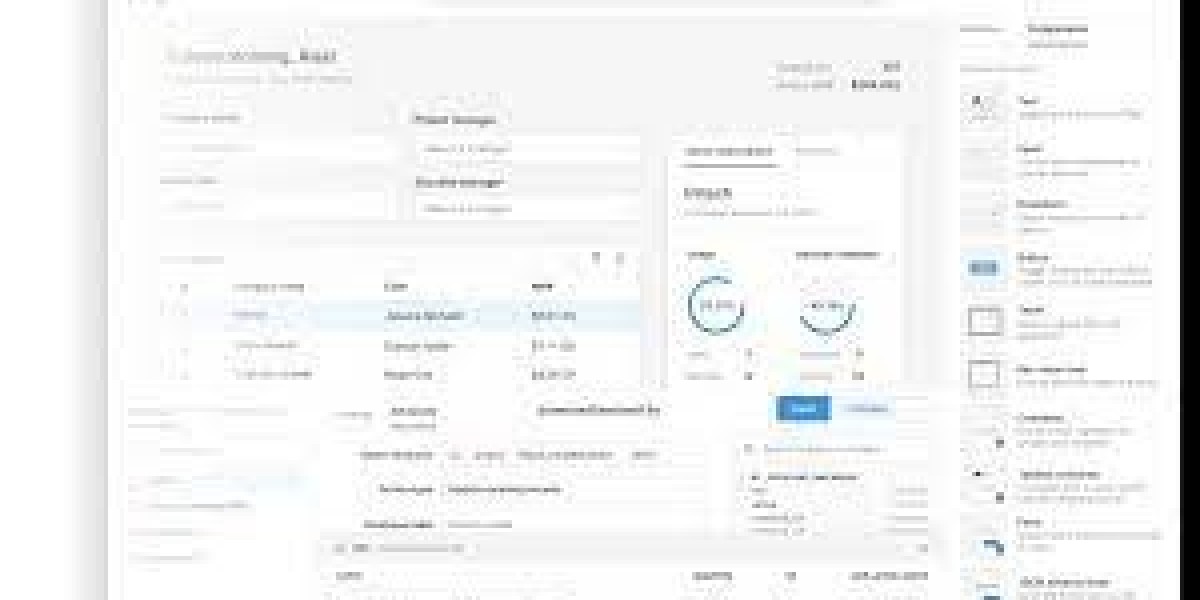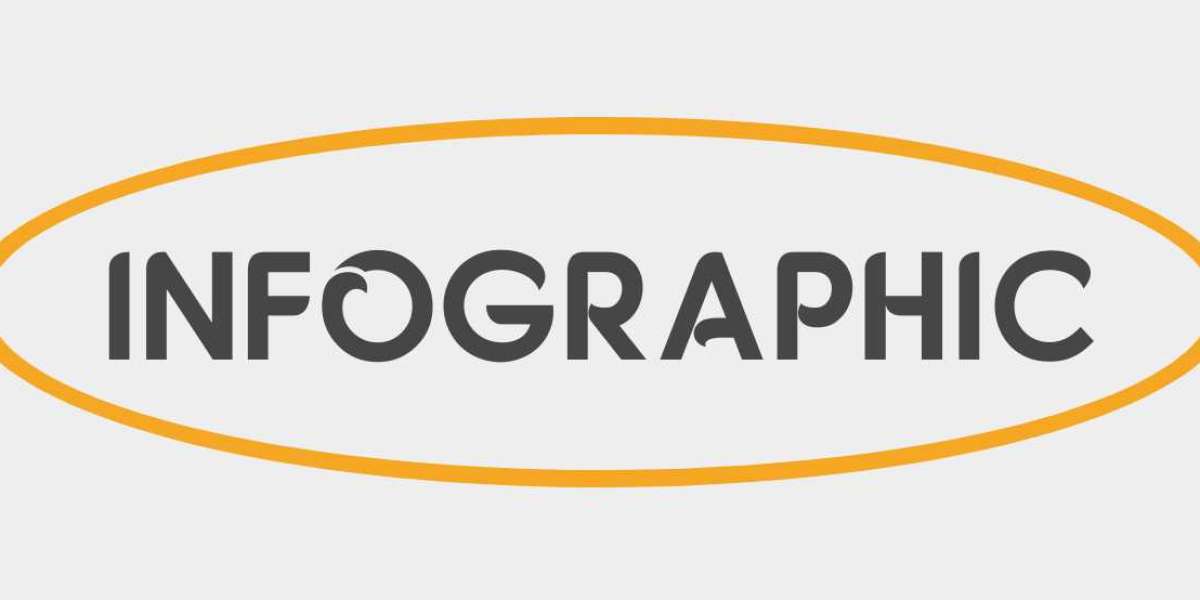In the ever-evolving landscape of software development, the quest for efficient data analysis tools has led to the emergence of groundbreaking technologies. Among them, GraphQL has risen to prominence for its ability to streamline data querying and retrieval. Paired with reporting tools, GraphQL becomes a powerful catalyst for transforming the way businesses analyze and visualize their data.
Understanding GraphQL:
At its core, GraphQL is a query language designed for APIs, offering a more flexible and efficient alternative to traditional REST APIs. Its unique ability to allow clients to request specific data in a single query rather than relying on multiple endpoints has made it a preferred choice for applications with complex data needs.
The Evolution of Reporting Tools:
Traditional reporting tools often grappled with rigid data structures, making it challenging to adapt to changing business requirements. Enter GraphQL reporting tools, which leverage the dynamic nature of GraphQL to provide a more agile and adaptable solution. These tools empower users to create custom reports on the fly, tailoring them to specific and evolving business needs.
Key Features of GraphQL Reporting Tools:
Dynamic Queries: Users can create dynamic queries in real-time, exploring and extracting the exact data they need.
Customization: Reports can be highly customized, allowing users to define structures, select specific fields, and apply filters to ensure relevance.
Real-time Data: GraphQL's real-time data fetching ensures that reports are always based on the latest information, enabling timely decision-making.
Efficient Data Retrieval: By fetching only the necessary data, GraphQL reporting tools optimize performance, resulting in faster report generation.
Cross-platform Compatibility: Designed for cross-platform use, these tools facilitate seamless collaboration and accessibility across diverse teams.
Benefits of GraphQL Reporting Tools:
Increased Productivity: Customized reports empower users to extract insights swiftly, reducing the time spent on manual data gathering and analysis.
Adaptability: As business requirements evolve, GraphQL reporting tools easily adapt to changing data structures and reporting needs, offering a future-proof solution.
Collaboration and Accessibility: Cross-platform compatibility fosters collaboration, enabling team members to access and generate reports seamlessly.
Real-time Decision-making: The ability to fetch real-time data ensures that decision-makers have access to the latest information, facilitating prompt and informed decisions.
Conclusion:
In the rapidly changing landscape of data analysis, GraphQL reporting tools emerge as a transformative force. The combination of GraphQL's flexibility with the precision of reporting tools brings forth dynamic queries, customization, and real-time data retrieval. As businesses increasingly demand agile and adaptable reporting solutions, GraphQL reporting tools stand at the forefront, shaping the future of data analysis in the realm of software development.








